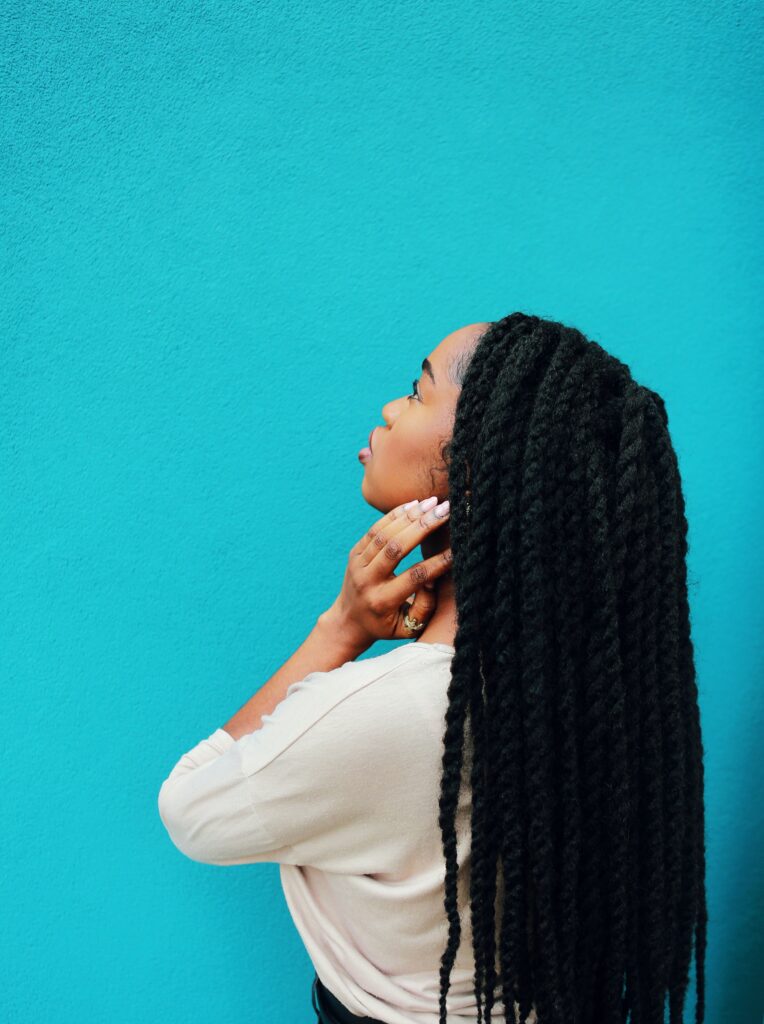Treating your Hair Based On Density And Texture

Hair is a crucial aspect of our appearance and personality. It can either enhance our beauty or take away from it. Hair care is an essential part of our routine, and treating our hair based on its density and texture is crucial for maintaining healthy and gorgeous locks. In this blog, we will discuss different ways of treating your hair based on its density and texture.
Hair Density:
Hair density refers to the number of strands on your scalp. You can determine your hair density by taking a small section of your hair and examining it against the light. If you can see your scalp, then you have low-density hair, if you can partially see your scalp, then you have medium-density hair, and if you can’t see your scalp at all, then you have high-density hair.
Low-density hair:
Low-density hair means that you have fewer strands on your scalp. To make your hair look fuller, you should avoid using heavy products that can weigh your hair down. Use lightweight products such as volumizing shampoos and conditioners. Avoid using heavy oils and serums as they can make your hair greasy and flat. Instead, opt for light hair sprays and mousse to add volume and bounce to your hair.
Medium-density hair:
If you have medium-density hair, you are in luck! You have the perfect balance of hair strands on your scalp. You can use a variety of hair care products without worrying about weighing your hair down or making it too light. However, avoid using too many products at once as it can make your hair look greasy and oily.
High-density hair:
High-density hair means that you have a lot of hair strands on your scalp. To maintain your hair’s health, you should use products that can nourish and hydrate your hair without weighing it down. Use a deep conditioning for natural hair treatment once a week to keep your hair healthy and shiny. Avoid using too many styling products as they can make your hair look bulky and unmanageable.
Hair Texture:
Hair texture refers to the thickness and coarseness of your hair strands. Hair texture can be fine, medium, or coarse. You can determine your hair texture by taking a single strand of hair and rubbing it between your fingers. If you can barely feel the hair strand, then you have fine hair. If you can feel the hair strand, then you have medium hair, and if you can feel a thick hair strand, then you have coarse hair.
Fine Hair:
Fine hair is delicate and needs extra care. Use lightweight organic shampoos and conditioners that won’t weigh your hair down. Avoid using heavy styling products that can make your hair look flat and lifeless. Instead, use texturizing sprays and mousses to add volume and body to your hair.
Medium Hair:
Medium hair is the easiest to manage. You can use a variety of hair care products without worrying about damaging your hair. However, avoid using too many products at once as it can make your hair look greasy and oily.
Coarse Hair:
Coarse hair is thick and needs extra hydration. Use moisturizing shampoos and conditioners to keep your hair healthy and shiny. Avoid using products that can dry out your hair, such as hair sprays and gels. Instead, use hair oils and serums to keep your hair hydrated and nourished.

Tips to keep in mind when treating your hair based on its density and texture:
- Use a wide-tooth comb or a brush with soft bristles to detangle your hair. Be gentle when combing or brushing your hair, especially if you have fine hair.
- Avoid using hot styling tools such as flat irons and curling irons, as they can damage your hair. If you must use them, apply a heat protectant spray to your hair before styling.
- Trim your hair regularly to prevent split ends and breakage. If you have fine hair, consider getting a blunt cut to make your hair look thicker and fuller.
- Protect your hair from the sun and harsh weather conditions by wearing a hat or scarf. UV rays and wind can damage your hair and cause it to become dry and brittle.
- Eat a healthy and balanced diet to promote healthy hair growth. Foods that are rich in protein, vitamins, and minerals can help strengthen your hair and improve its overall health.
- Finally, be patient with your hair care routine. It may take some time to see the results you want, but with consistent care and attention, you can achieve healthy and beautiful hair that you’ll be proud to show off.
- Consider using a clarifying shampoo once a month to remove buildup from hair products and hard water. This will help your hair look and feel cleaner and lighter.
- If you have low-density hair, avoid using tight hairstyles such as braids and ponytails, as they can pull on your hair and cause breakage. Instead, opt for loose styles that allow your hair to flow freely.
- If you have high-density hair, consider getting regular haircuts to remove excess weight and prevent tangling. Layers can also help to add dimension and movement to your hair.
- Experiment with different hairstyles and products to find what works best for your hair type. What works for one person may not work for another, so be patient and persistent in your hair care journey.
- For curly and coily hair textures, consider using a leave-in conditioner for natural hair or curl cream to define and enhance your natural curls. Avoid using products that contain sulfates or alcohol, which can dry out your hair and cause frizz.
- If you have straight or wavy hair, consider using a volumizing mousse or texturizing spray to add body and movement to your hair. Be careful not to apply too much product, as it can weigh down your hair and make it look greasy.
- If you have thin or fine hair, consider using a volumizing shampoo and conditioner to add volume and fullness to your hair. Avoid using heavy styling products or oils, as they can weigh down your hair and make it look flat.
- If you have thick or coarse hair, consider using a hydrating organic shampoo and conditioner to moisturize and soften your hair. You can also use a hair mask or deep conditioner once a week to nourish and strengthen your hair.
- Finally, be gentle with your hair when towel-drying or blow-drying. Avoid rubbing your hair vigorously with a towel, as it can cause breakage and frizz. Instead, gently squeeze out excess water and use a diffuser when blow-drying to reduce heat damage.
Following these tips and tailoring your hair care routine to your hair’s unique density and texture, you can achieve healthy and beautiful hair that reflects your personal style and enhances your overall look. Remember to be patient and consistent in your hair care journey, and don’t be afraid to experiment with different styles and products until you find what works best for you.

